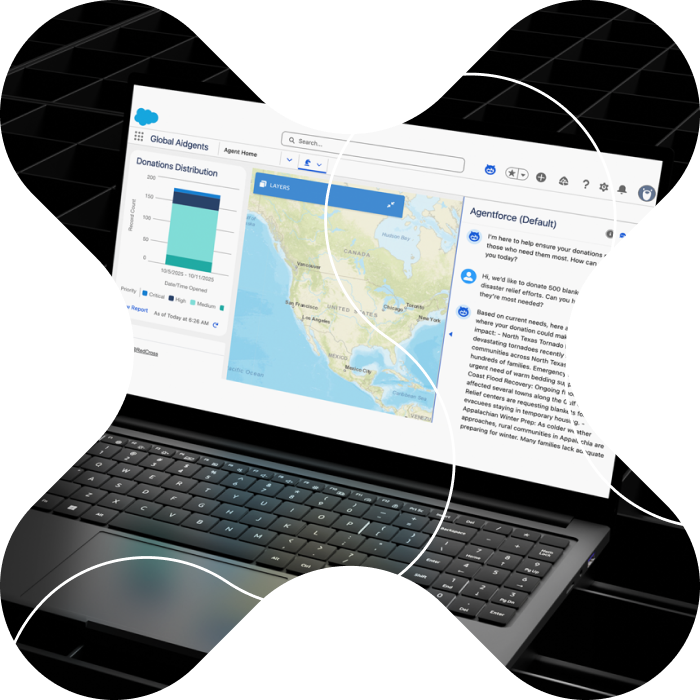When organizations outsource software development to nearshore or offshore partners, there are plenty of well-documented pros and cons to consider. However, sometimes it becomes necessary to switch partners and migrate outsourced projects from one region to another, creating a new set of challenges.Product migrations take time, effort, and financial resources, so before you make the leap from offshore to nearshore, be sure to follow this thought process.
Consider the Current Situation
Before you start hiring nearshore teams, you need to make sure you understand how your existing offshore vendors tie into existing projects. It’s vital to gauge how much control you already have over your product. For instance, are you entirely dependent on your vendor for maintenance, growth, and product knowledge?Organizations that already maintain complete control of a product are best-suited to an offshore to nearshore project migration. This scenario only involves finding new teams and matching the capabilities of your outgoing vendor. On the other hand, moving an entire project from one vendor to another can be incredibly complex, especially when the product vision and strategy are under the outgoing vendor’s control.Of course, if you plan to start from scratch with a new, standalone product, it’s a no-brainer to find and recruit a new nearshore team. Organizations with the management skills to lead a product can easily leverage staff augmentation options in the nearshore region.Ultimately, it’s not a one-size-fits-all decision, so pay careful attention to the status of your product before committing to a potentially costly and complex migration process.
Define Your Motivation to Migrate
In our experience, companies in the United States often decide to switch to nearshore due to differences in time zone and cultural alignment, which can cause friction with in-house teams and create unfavorable working hours in offshore locations. Still, there are always other motivations to migrate.Perhaps the company is switching for a better price, a better level of service, or even better quality engineers. On the other hand, maybe the business wants to cut costs on a less important secondary product. Perhaps you would like a team that you can more easily access during work hours. Whatever the motivation, it’s always a good idea to outline it beforehand.As a bonus, when moving offshore teams to nearshore, organizations have the benefit of working with two teams in two different time zones, sometimes known as the “follow the sun” model. When offshore teams are logging off for the day, nearshore teams are just starting work and can take over any transitional tasks. This continuous passing of the baton gives companies a unique perspective on how a blended offshore-nearshore model might look if they choose to keep both teams working together.
Hire Somebody In-House to Handle the Transition
Continuity is vital, so companies should downsize their offshore teams piece by piece while simultaneously ramping up the nearshore team. This process requires a skilled in-house mediator or migration leader who can handle the finer details and plan a strategy for success.If you don’t have documentation for your existing product, an in-house project manager can encourage your current vendor to start building it or updating what might already exist. These resources will make it a lot easier for the next team to take over. Plus, the outgoing engineers will have an incredible amount of know-how that could get lost during the migration, so an in-house transition leader can help gather that information.Even so, don’t divulge your plans to migrate until you feel comfortable telling the outgoing vendor or can be sure to obtain buy-in from the outgoing team. In most cases, the vendor you are leaving behind will lack the motivation to ensure a smooth transition, which can cause difficulties for the new team. But, again, having somebody managing the process in-house can limit that friction.
Find a Trusted Vendor in the Nearshore Region
Once you’ve addressed the situation, agreed on your motivations, and found someone to take responsibility for the migration, the next step is to find a nearshore partner with access to the talent and team-building skills you need.Skills parity is essential to a seamless knowledge transfer. You want to ensure your new team has the same hard skills, soft skills, and technological proficiency as your previous offshore team, as well as the experience to deal with whatever you have already built.One of the benefits of nearshore staff augmentation is that you can quickly track down people with specific skill sets in any location. Also, project ownership rests primarily with the client rather than the vendor, so you’re not completely tied to your external software development partners, should you need to switch again.Whichever partner you choose, make sure to double-check their expertise, meet the people you’re hiring, and perform the necessary due diligence. After all, migrating a software development project is a complex, costly task, so why not get things right the first time?Here at Nearsure, we take a remote-first approach to staff augmentation, meaning we can source talent from the entire nearshore region, including popular markets like Brazil, Mexico, and Argentina. Our business model allows us to source talent quickly, giving us access to a broad pool of senior candidates who possess skills that can be tough to track down. So reach out today, and let’s have a chat about moving development teams from offshore to nearshore.





